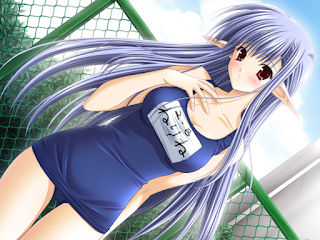I think the decision is largely made at this point. The fruit company is my tablet computing destination, whether I like it or not.
The dire lack of Android tablets with a stylus, the Q/A that matches Chrome OS’s rapid release cycle, and the shrinking number of companies making a ‘real’ Android tablet that is worth my time, has had me considering jumping ship for a while. Google’s pox upon multitasking making its way to my Tab S3, is pretty much the straw that broke the camel’s back.
Most of the software that I run on my Tab S3 supports both iOS and Android. Alternatives exist for the more systemy stuff at the edges, like the corporate printer or dealing with my file server. Pretty much if I find an analog to FolderSync Pro, the only thing I’ll really be losing software wise is free editing support for Microsoft Excel and Word. Before ending up with a Samsung that bundled MS Office, my long term solution was OfficeSuite Pro which has enough compatibility to handle documents at work. So for the most part I’m not worried much about software. It also helps that by living in Android land so long, iOS has been working its big boy shorts for while now instead of their update notes sounding like a baby’s toy.
When the 1″ crack in my Tab S3’s screen becomes terminal, I’ll have little option but to replace it one way or another, and I have had a very long time now to contemplate what that will be. For now I’m just happy the what the hell moments related to the crack are few and far in between versus my heavy tablet use.
In Android land: the only things that are viable replacements are the Tab S4 and S6, which are old and new successors, respectively. Negatives to both are they will also come with Google’s pox and they’re widescreens. DeX isn’t going to fix what Pie did to multitasking and I greatly prefer 4:3 and 3:2 tablets.
No Chrome OS device exists yet that aligns with my requirements, and the only ones worth paying for are too big to replace my Tab S3. And that just leaves iPads. Which for as little love as I have for Apple, and my lack of caring for iOS, solve the problem Android has been most screwing me with the longest–there’s a lot more freaking iPads to choose from that support a decent stylus than their are Android devices with a decent stylus.
It’s always been hard to find an Android tablet with a nice stylus, and Samsung while expensive has filled that role pretty swell. But they’re kind of becoming the only vendor to choose from, both in terms of an Android tablet that meets my requirement for stylus, and Android tablets in general.
I also find it kind of funny how this works out. In the old days when Android tablets were quite new, I found the iPad excessively overpriced and Android underappreciated; Apple has at least solved that with their expanded selection. Likewise, most new iPhone launches were followed by me scratching my head and wondering how people lived so long without essential features; iOS release notes stopped feeling like a slow as hell iteration several years ago.
And then there’s the fact, that I’ve never actually owned an Apple product. I’m more at home with an xterm than a Mac. More than a few of my friends have soft spots for fruity products, and have since at least as far back as the iPod and PowerBook. Me, never have. But I suppose there is probably a first time for everything.
